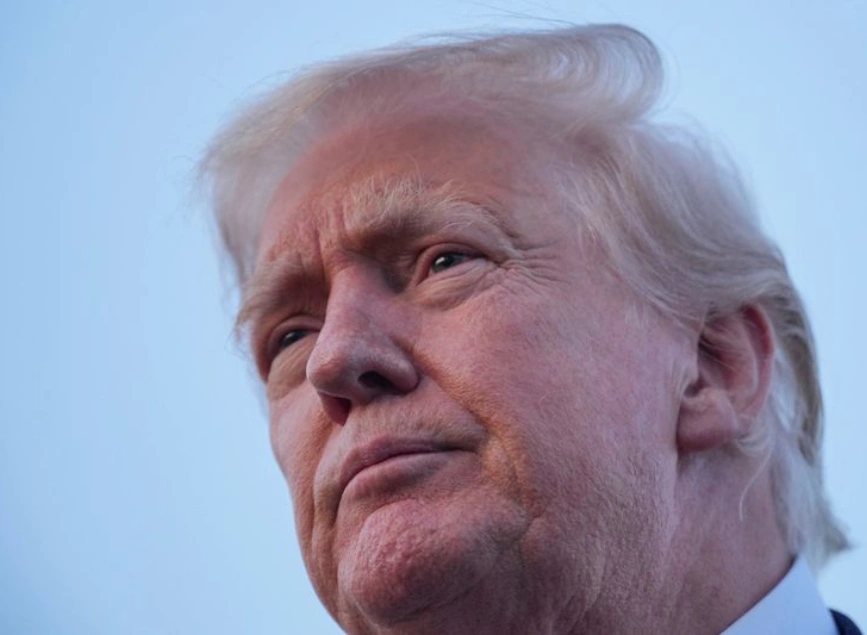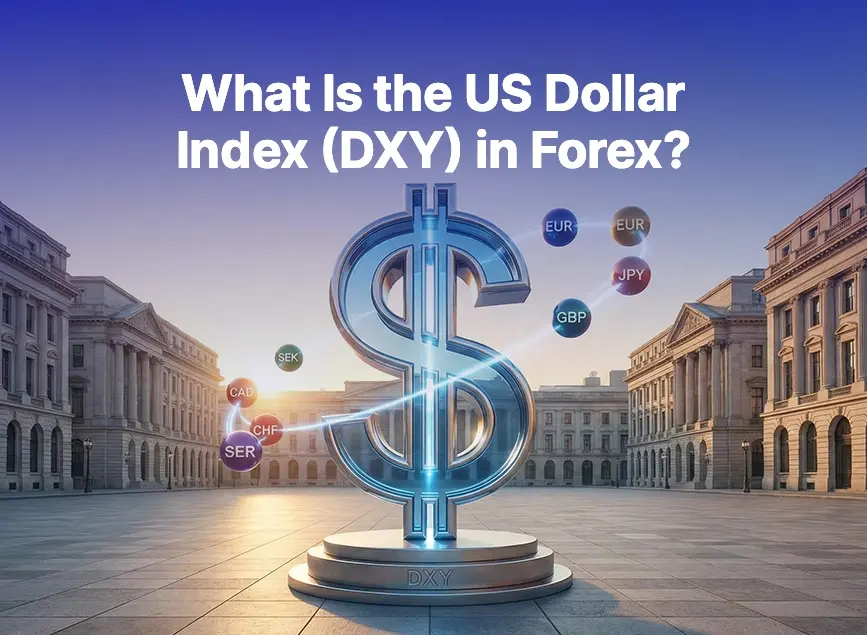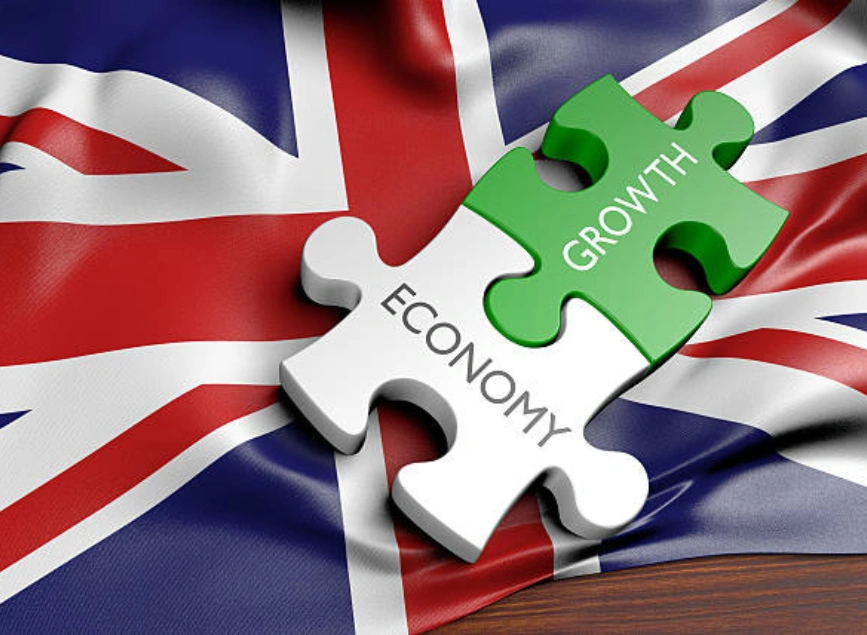
Trump Imposes 25% Tariff on Indian Imports Over Russian Oil Ties
✅Key Takeaways
- 25% tariff imposed on all Indian imports
- Triggered by India’s continued purchase of Russian oil
- Tariffs take effect 21 days after signing (executive order issued Wednesday)
- Tariffs stack on top of existing 25% duties
- Other countries importing Russian oil may face similar measures
- Justified by a national security threat linked to Russia-Ukraine conflict
Trump Signs Order for New Tariffs on Indian Imports
President Donald Trump signed an executive order on Wednesday introducing a new 25% tariff on all imports from India, citing India’s ongoing purchase of Russian oil as a significant national security concern.
The Trump tariff on India will take effect 21 days from the date of signing and is designed to stack on top of a previously announced 25% country-specific tariff, making the total potential tariff burden on Indian imports as high as 50%.
In the order, Trump accused India of directly or indirectly financing Russia’s war effort in Ukraine by continuing to import Russian oil, despite growing pressure from Western allies to cut energy ties with Moscow.
Tariffs Justified as National Security Measure
Trump’s executive order explicitly frames the action as a defense of U.S. national security and foreign policy interests. Referring to Russia’s actions in Ukraine, the order describes an “unusual and extraordinary threat” to global stability.
“I find that the Government of India is currently directly or indirectly importing Russian Federation oil,” the order reads, justifying the imposition of additional duties on Indian goods.
This follows recent statements from Trump criticizing countries that continue to do business with Russia, particularly in energy and defense sectors.
Read More: Trump Plans Major Tariff Hike on Pharmaceutical Imports, Semiconductor Tariffs Coming Soon
🌍 Other Countries May Be Targeted Next
The executive order goes further than targeting India alone. It also authorizes monitoring of other nations suspected of importing Russian oil and allows the Secretary of Commerce—in coordination with other agencies—to recommend similar tariff actions.
This move hints at a broader shift in U.S. trade strategy, using tariffs not just for economic leverage, but also as geopolitical pressure tools.
Tariff Data Table
| Item | Detail |
|---|---|
| Tariff Target | All Indian imports 🇮🇳 |
| New Tariff Rate | 25% |
| Existing Country-Specific Tariff | 25% (already set to begin overnight) |
| Effective Date | 21 days from signing |
| Primary Justification | India’s continued import of Russian oil 🛢️ |
| Potential Total Tariff Rate | Up to 50% |
Market and Diplomatic Reactions Expected
The decision is likely to have major implications for global trade, especially in sectors where India is a key exporter to the U.S., such as pharmaceuticals, textiles, and IT services.
India has not yet responded officially, but analysts predict tensions between Washington and New Delhi could escalate, particularly ahead of upcoming trade negotiations.
This could also unsettle markets already grappling with supply chain pressures and geopolitical risk, as businesses reevaluate sourcing and investment strategies.
Do you think tariffs are an effective way to influence foreign energy policy?
Submit comment
Your email address will not be published. Required fields are marked *
Share
Hot topics

What Is the US Dollar Index (DXY) in Forex?
If you’ve spent any time exploring global markets, you’ve certainly heard about the US Dollar Index, known as DXY. For many beginner traders, it appears to be one of those...
Read more




Comments (1)